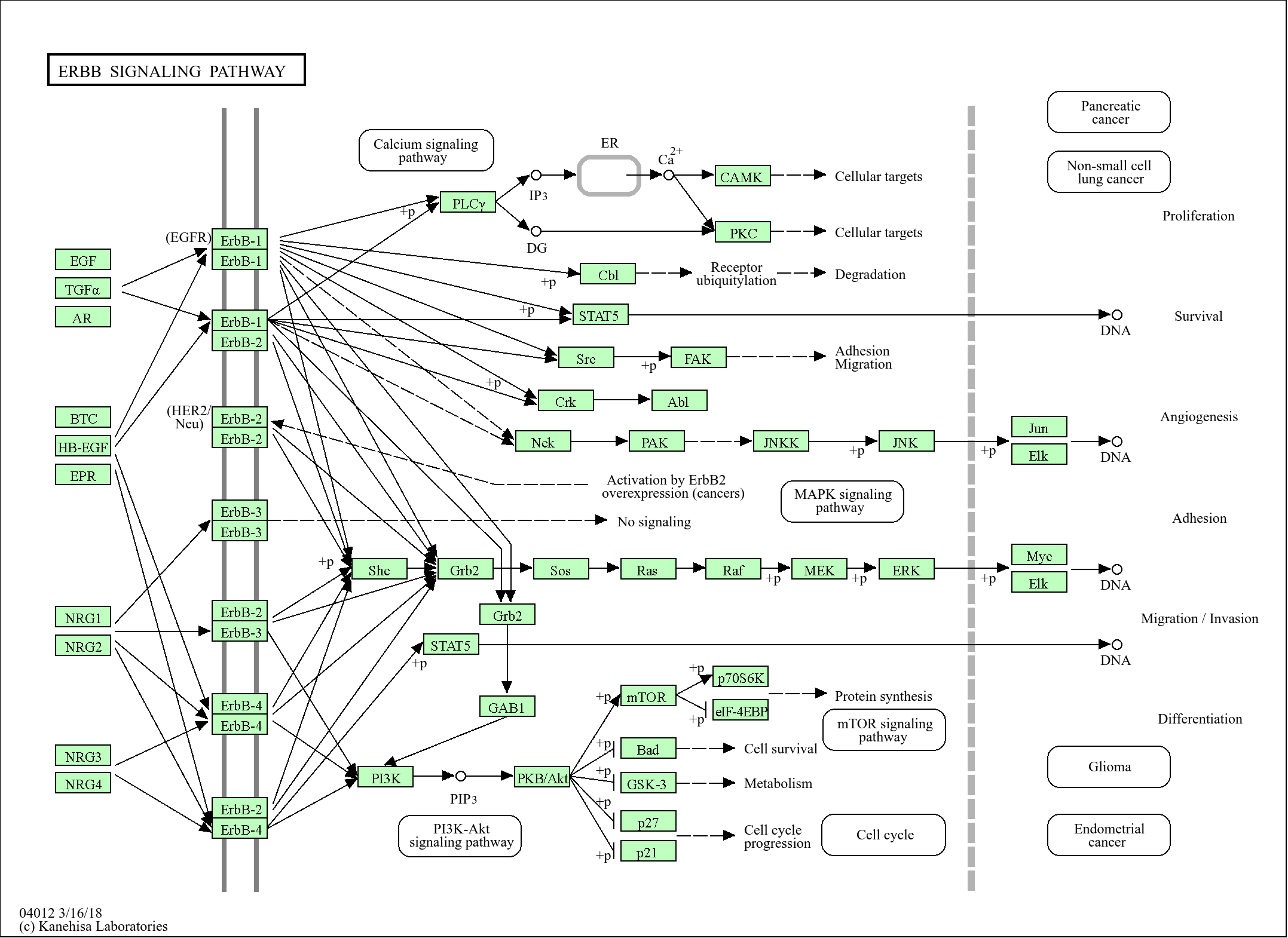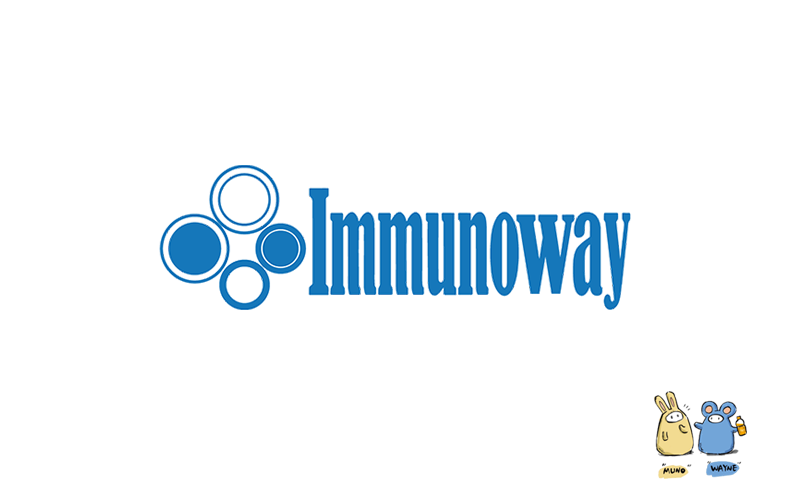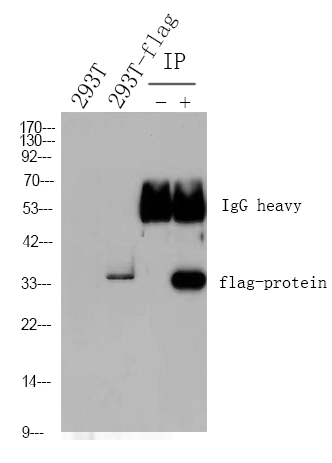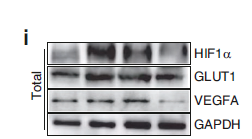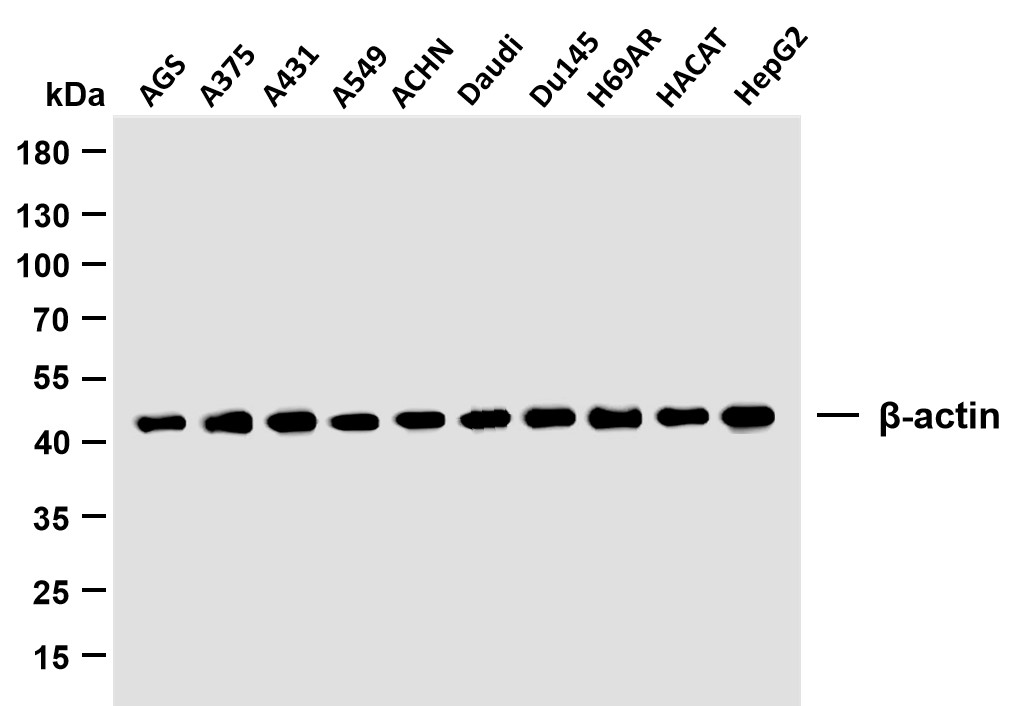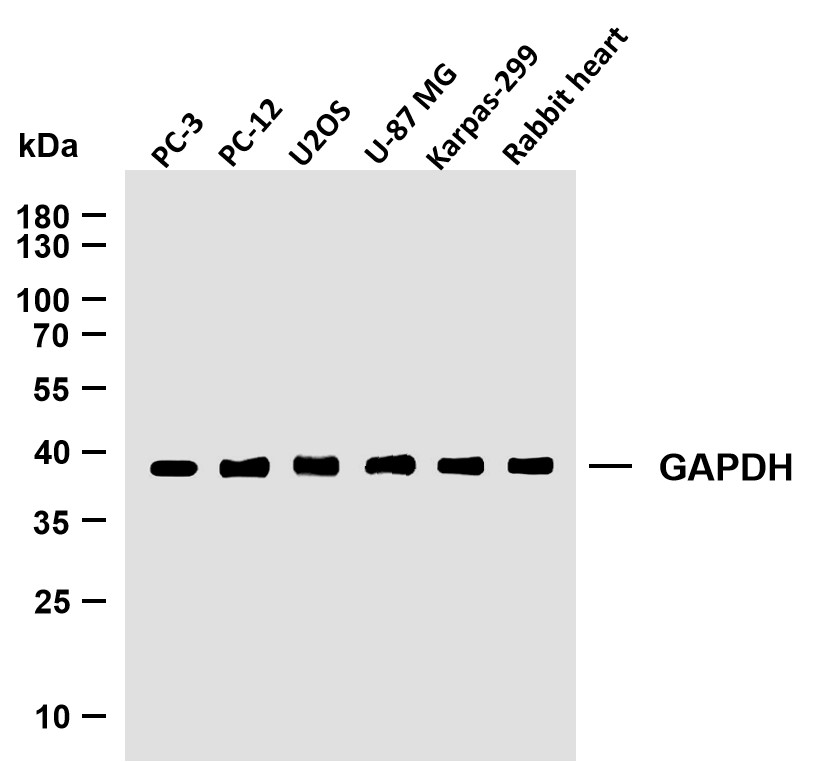
Catalog: YN0624
Size
Price
Status
Qty.
200μL
$450.00
In stock
0
100μL
$280.00
In stock
0
40μL
$150.00
In stock
0
Add to cart


Collected


Collect
Main Information
Target
CNGB3
Host Species
Rabbit
Reactivity
Human, Mouse
Applications
WB, ELISA
MW
88kD (Observed)
Conjugate/Modification
Unmodified
Detailed Information
Recommended Dilution Ratio
WB 1:500-2000; ELISA 1:5000-20000
Formulation
Liquid in PBS containing 50% glycerol,0.5% BSA and 0.02% sodium azide.
Specificity
CNGB3 Polyclonal Antibody detects endogenous levels of protein.
Purification
The antibody was affinity-purified from rabbit antiserum by affinity-chromatography using epitope-specific immunogen.
Storage
-15°C to -25°C/1 year(Do not lower than -25°C)
Concentration
1 mg/ml
MW(Observed)
88kD
Modification
Unmodified
Clonality
Polyclonal
Isotype
IgG
Related Products
Antigen&Target Information
Immunogen:
Synthesized peptide derived from part region of human protein
show all
Specificity:
CNGB3 Polyclonal Antibody detects endogenous levels of protein.
show all
Gene Name:
CNGB3
show all
Protein Name:
Cyclic nucleotide-gated cation channel beta-3 (Cone photoreceptor cGMP-gated channel subunit beta) (Cyclic nucleotide-gated cation channel modulatory subunit) (Cyclic nucleotide-gated channel beta-3) (CNG channel beta-3)
show all
Background:
This gene encodes the beta subunit of a cyclic nucleotide-gated ion channel. The encoded beta subunit appears to play a role in modulation of channel function in cone photoreceptors. This heterotetrameric channel is necessary for sensory transduction, and mutations in this gene have been associated with achromatopsia 3, progressive cone dystrophy, and juvenile macular degeneration, also known as Stargardt Disease. [provided by RefSeq, Feb 2010],
show all
Function:
Disease:Defects in CNGB3 are the cause of achromatopsia type 3 (ACHM3) [MIM:262300]; also known as Pingelapese blindness. ACHM3 is a congenital complete achromatopsia and is distinct from total colorblindness mainly because of the consistent concurrence of severe myopia.,Disease:Defects in CNGB3 are the cause of Stargardt disease type 1 (STGD1) [MIM:248200]. STGD is one of the most frequent causes of macular degeneration in childhood. It is characterized by macular dystrophy with juvenile-onset, rapidly progressive course, alterations of the peripheral retina, and subretinal deposition of lipofuscin-like material. STGD1 inheritance is autosomal recessive.,Function:Visual signal transduction is mediated by a G-protein coupled cascade using cGMP as second messenger. This protein can be activated by cGMP which leads to an opening of the cation channel and thereby causing a depolarization of rod photoreceptors. Induced a flickering channel gating, weakened the outward rectification in the presence of extracellular calcium, increased sensitivity for L-cis diltiazem and enhanced the cAMP efficiency of the channel when coexpressed with CNGA3 (By similarity). Essential for the generation of light-evoked electrical responses in the red-, green- and blue sensitive cones.,similarity:Belongs to the cyclic nucleotide-gated cation channel (TC 1.A.1.5) family.,similarity:Contains 1 cyclic nucleotide-binding domain.,subunit:Heterooligomeric complex with CNGA3.,tissue specificity:Expressed specifically in the retina.,
show all
Cellular Localization:
Membrane; Multi-pass membrane protein.
show all
Tissue Expression:
Research Areas:
>>cAMP signaling pathway
show all
Signaling Pathway
Reference Citation({{totalcount}})
Catalog: YN0624
Size
Price
Status
Qty.
200μL
$450.00
In stock
0
100μL
$280.00
In stock
0
40μL
$150.00
In stock
0
Add to cart


Collected


Collect
Recently Viewed Products
Clear allPRODUCTS
CUSTOMIZED
ABOUT US
Toggle night Mode
{{pinfoXq.title || ''}}
Catalog: {{pinfoXq.catalog || ''}}
Filter:
All
{{item.name}}
{{pinfo.title}}
-{{pinfo.catalog}}
Main Information
Target
{{pinfo.target}}
Reactivity
{{pinfo.react}}
Applications
{{pinfo.applicat}}
Conjugate/Modification
{{pinfo.coupling}}/{{pinfo.modific}}
MW (kDa)
{{pinfo.mwcalc}}
Host Species
{{pinfo.hostspec}}
Isotype
{{pinfo.isotype}}
Product {{index}}/{{pcount}}
Prev
Next
{{pvTitle}}
Scroll wheel zooms the picture
{{pvDescr}}

